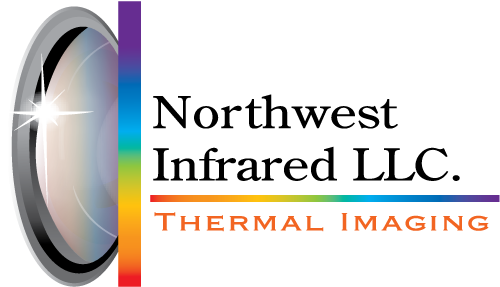What Makes a High Efficiency Home?
/Making high efficiency homes has been an upward trend for both new and existing homes in recent years. Energy Star is a great way to ensure you are following the latest practices and most up to date codes. Here’s the breakdown of what sets apart high performance homes from to code, standard homes:
They have Insulation that’s to Code or Better. Whether you’re building a new home or retrofitting an existing one, make sure your insulation is to code or better. That’s R 21 in the walls, R49 in the roof, and R30 in the crawl space or better.
They’re Tightly Sealed. Once you’ve insulated, you want to keep it that way. Energy Star, high efficiency homes stay that way by ensuring their homes are well sealed. Sealing doors, windows, fixtures, lights, especially skylights, and ducting will save you energy and money.
Whole House Ventilation System. Once your home is made so tight and efficient you will need a way to properly ventilate it. Somewhere in your home there should be a continuous running fan for air exchange. Bathrooms need an exhaust fan to circulate air. Your attic is another crucial area to ventilate. If moisture gets trapped, it can cause serious damage.
High Efficiency Heating Solution. There are many new types of high efficiency heating solutions. If you’re on gas already, a high efficiency gas furnace may be the cheapest route. There are also many incentives for traditional electric customers to upgrade outdated systems. The best way to find which one will work best for you, we suggest talking to a local energy adviser for free, or call us about an energy audit.
There are many new high efficiency homes being built locally in your area right now, and they are taking advantage of all the latest technology at Scott Homes, who’s also touring soon.
We do always encourage everyone to visit Energy Star for codes and practices when considering how to make their home more energy efficient.







